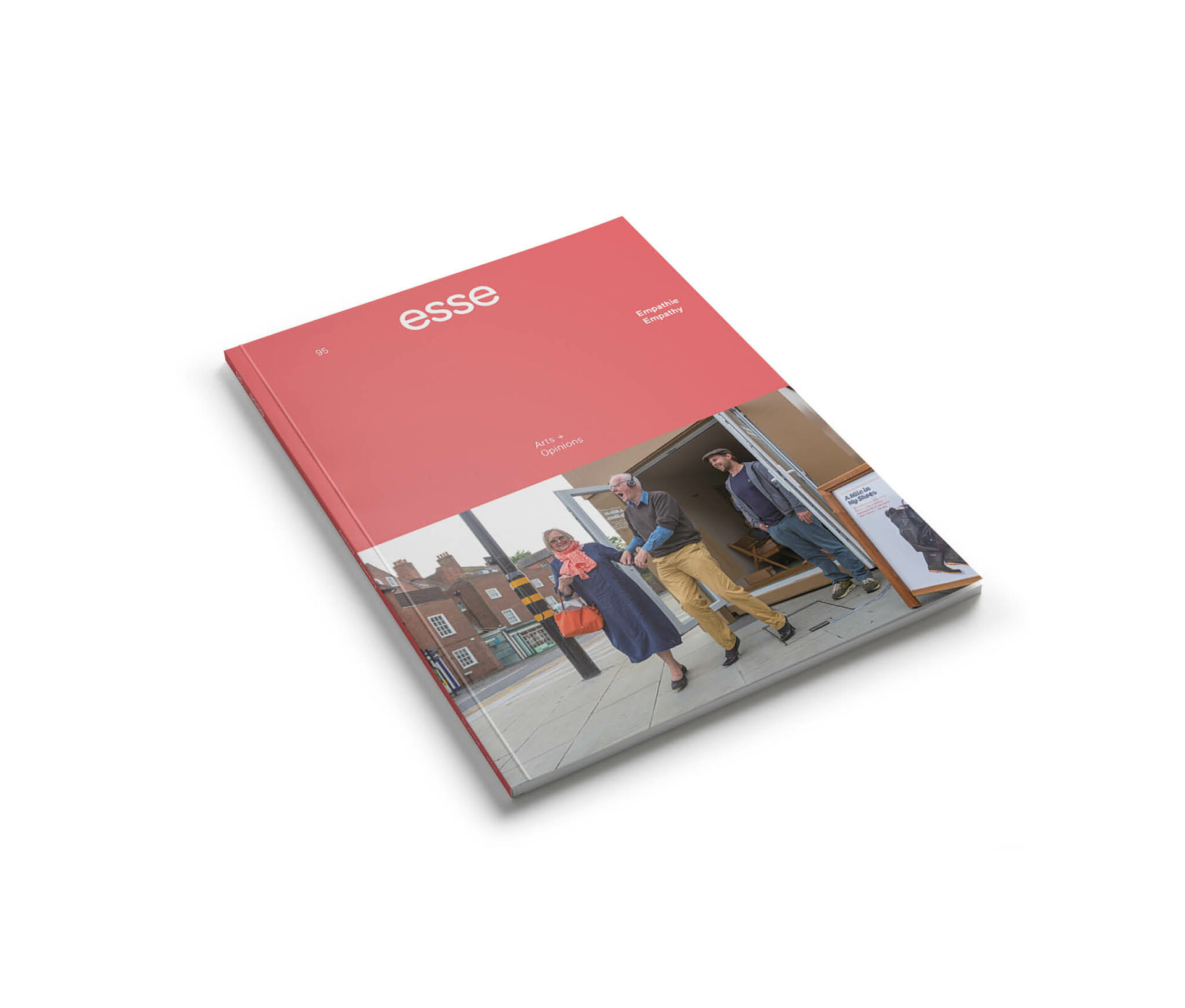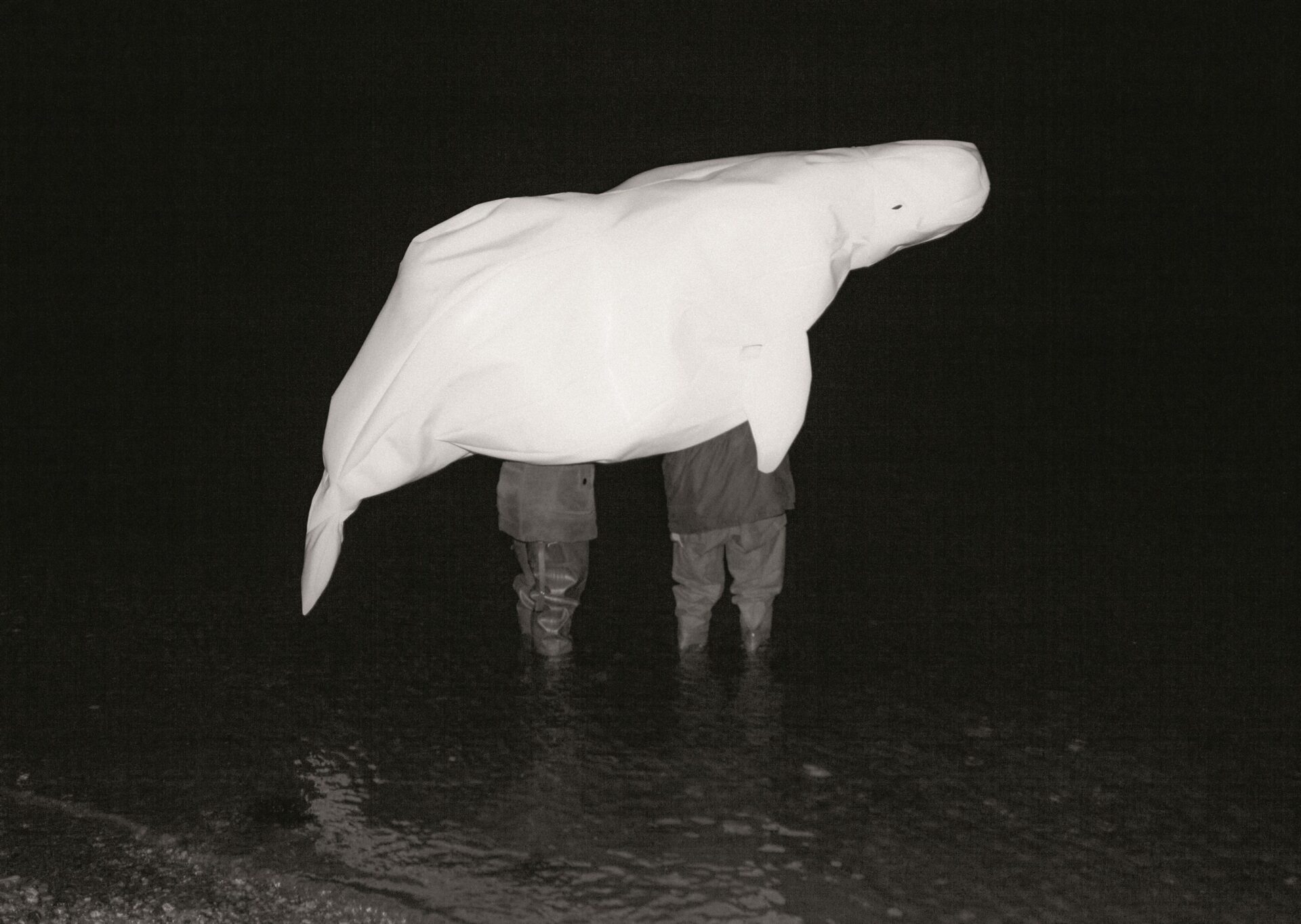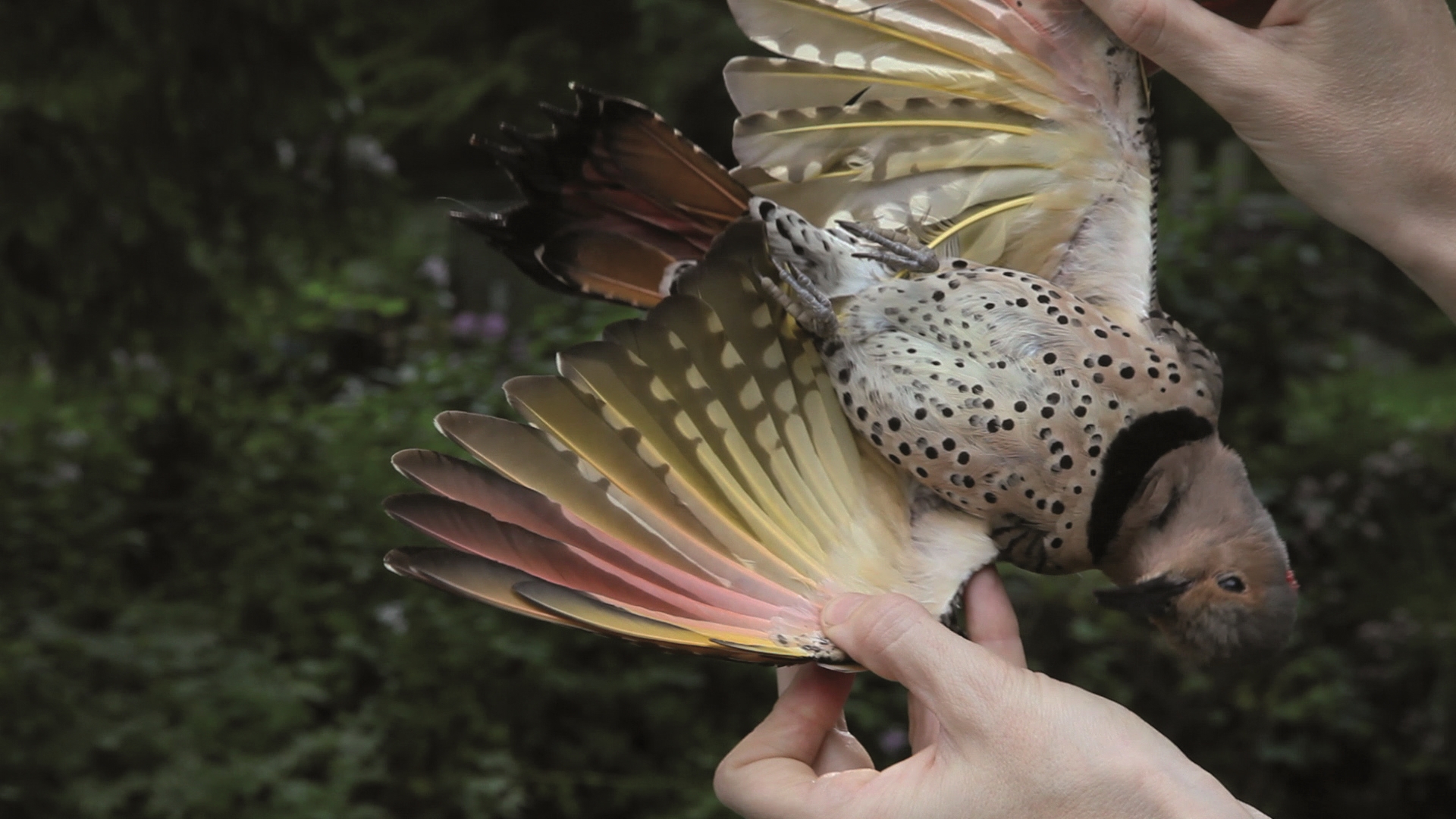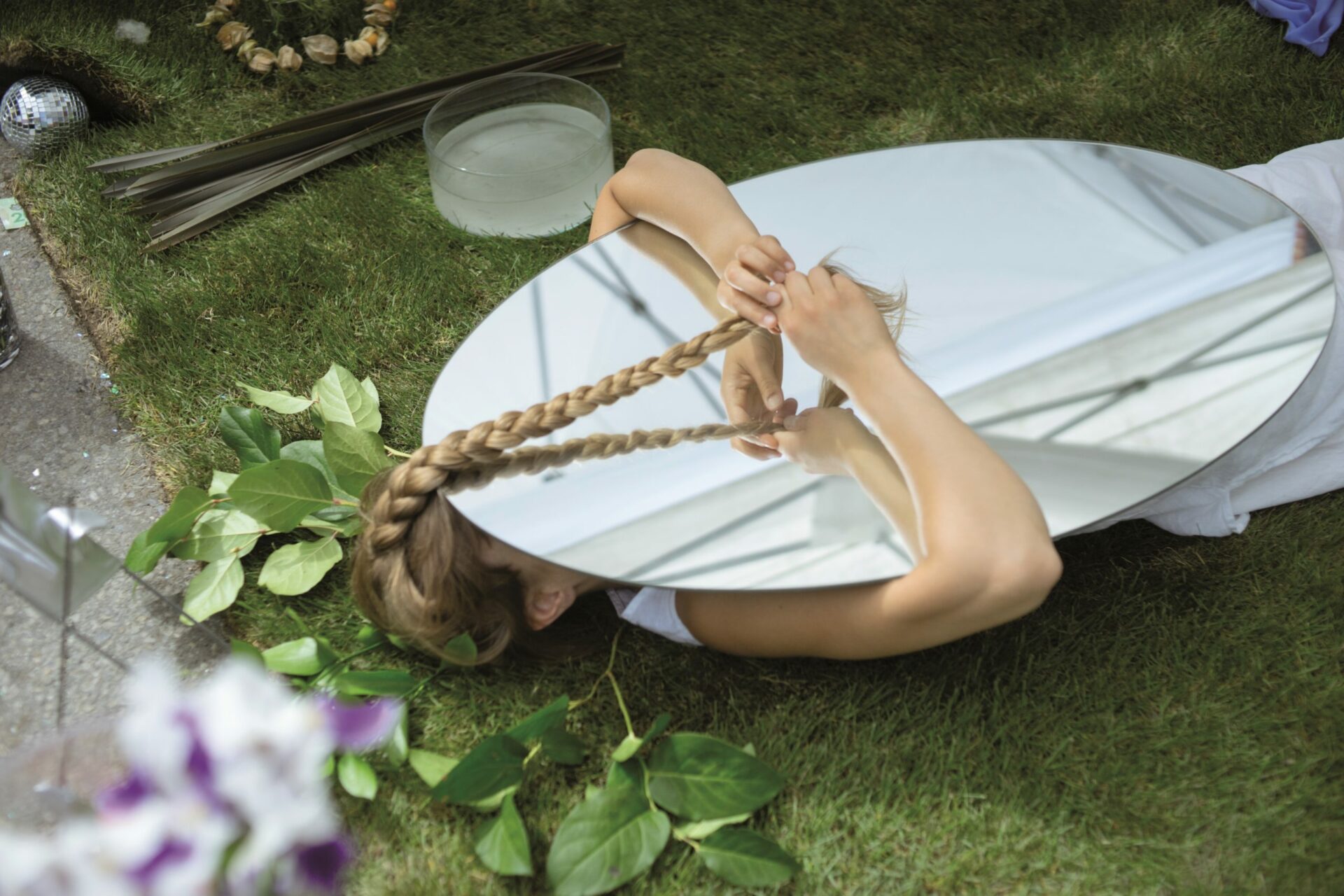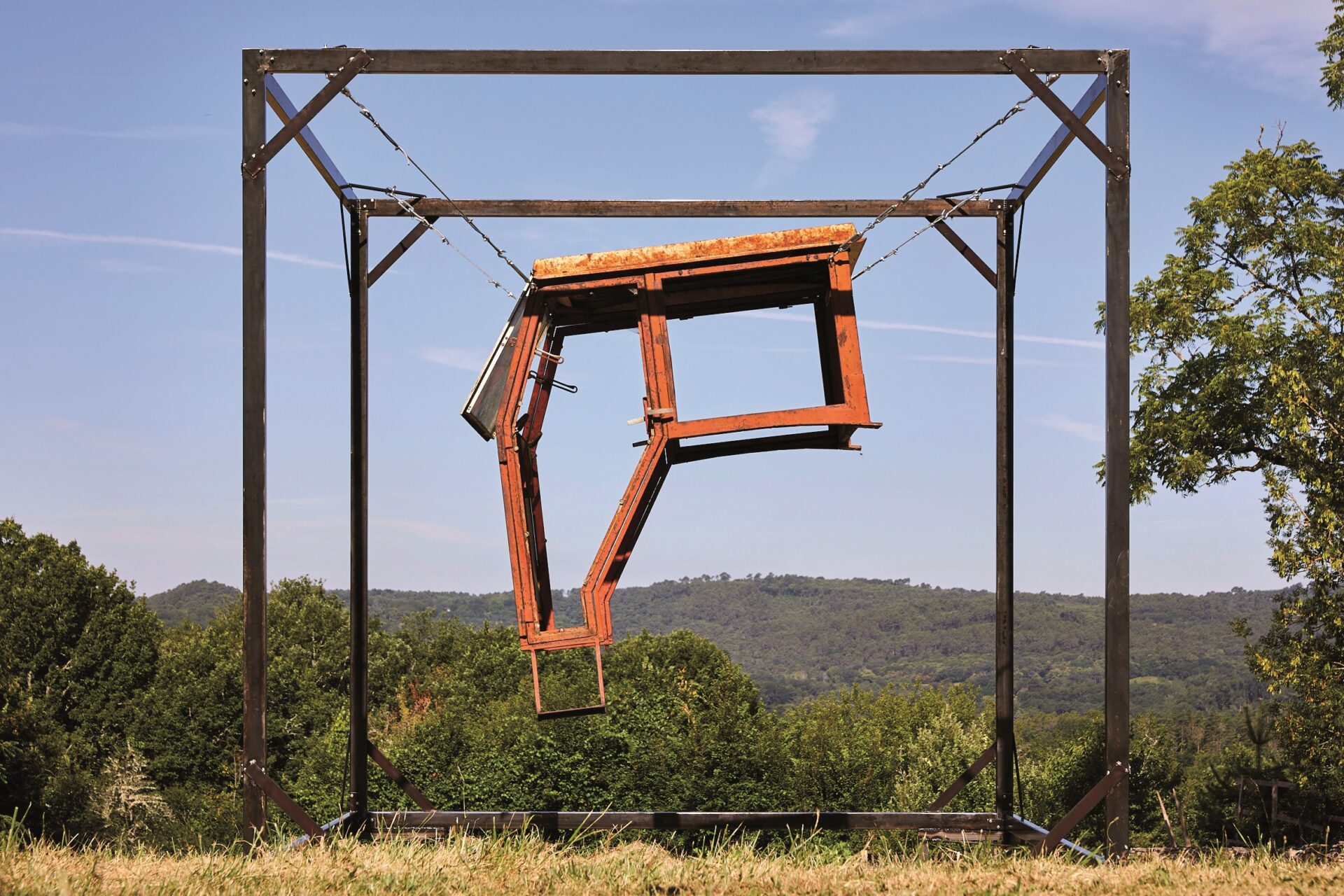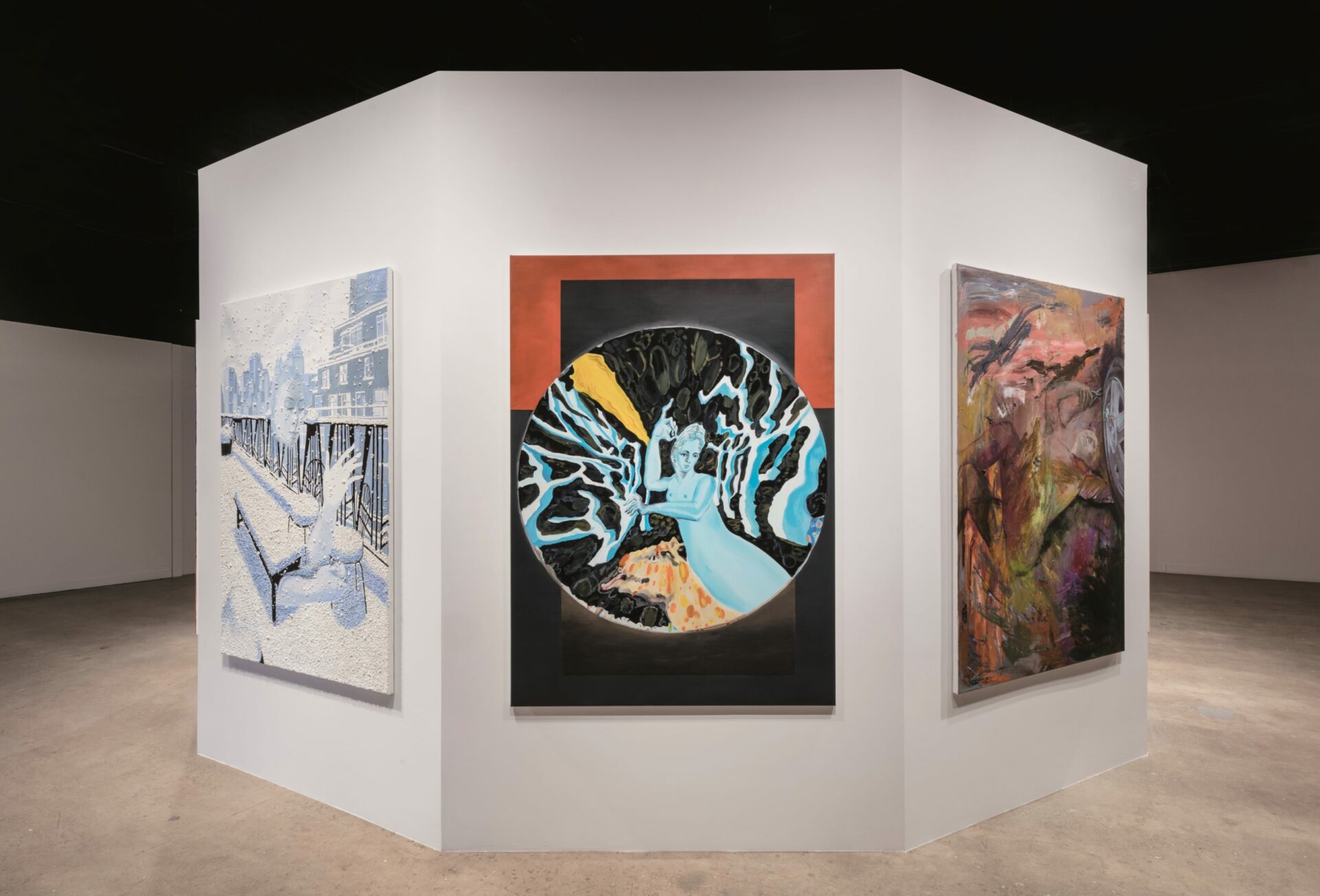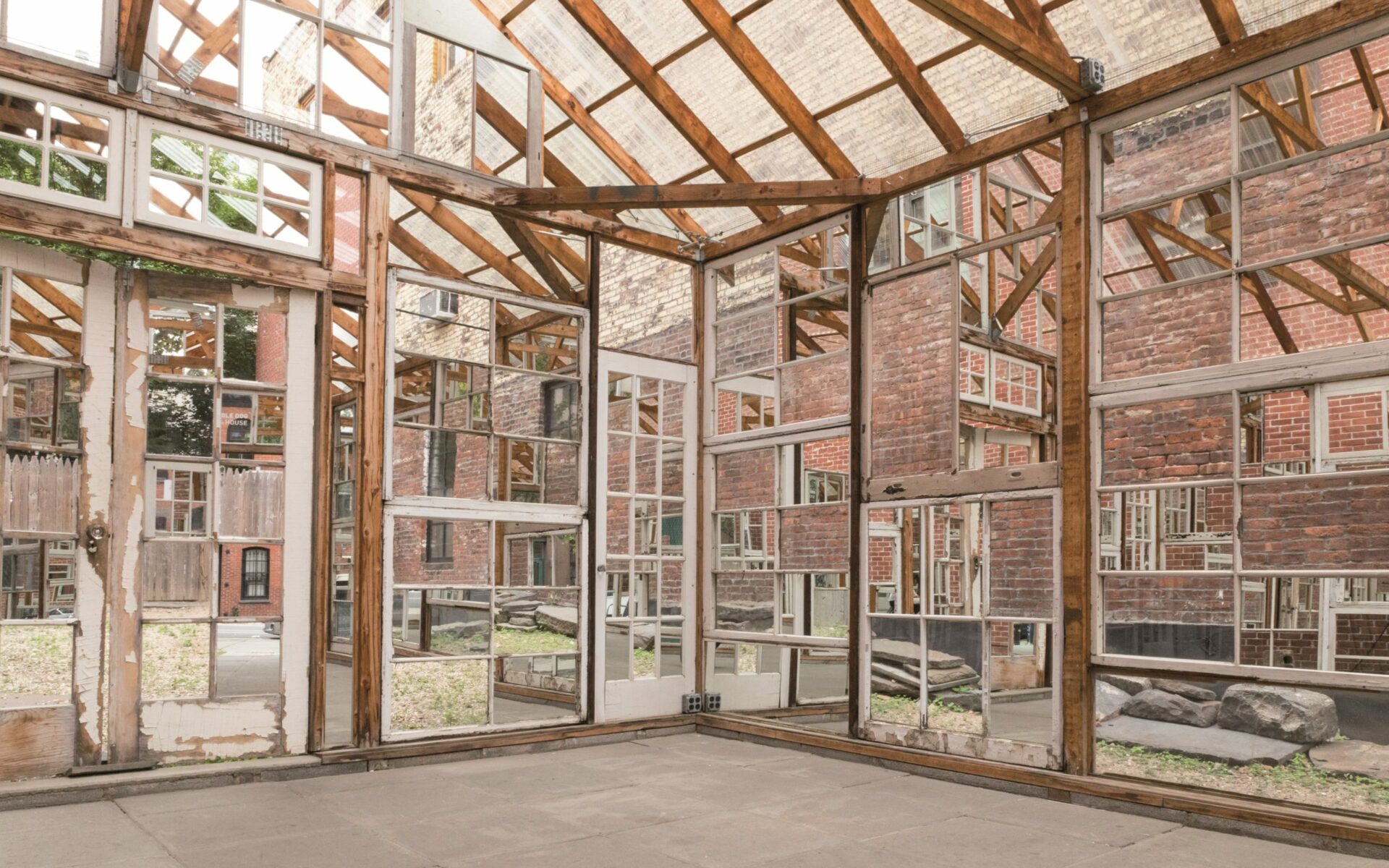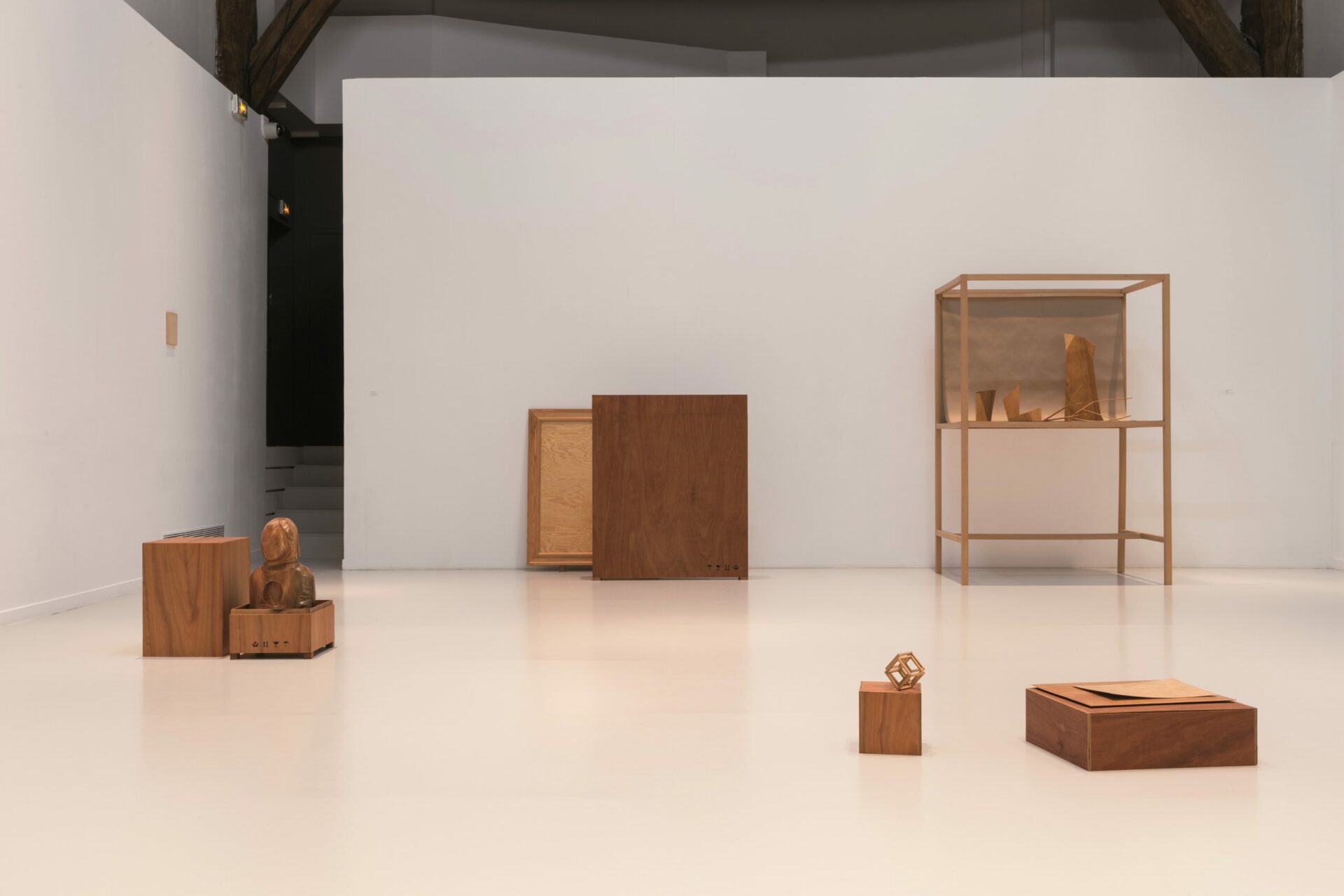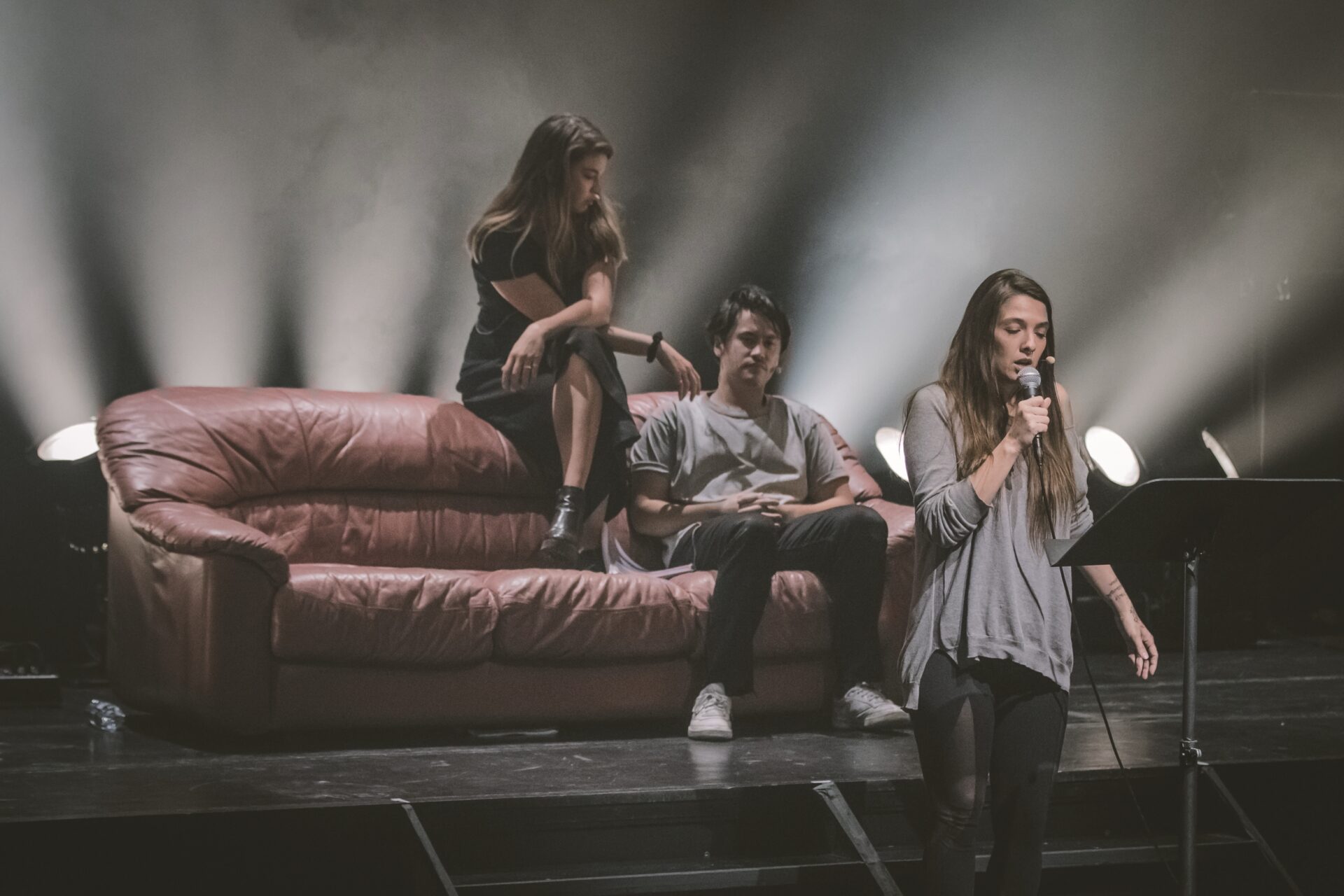Summary
95
Empathy
Winter 2019
Given the problems we face in the twenty-first century, the capacity to appreciate the feelings and emotions of others would appear to be a potential antidote to excessive individualism and the allure of withdrawing into one’s own identity. But can empathy really change the world? This issue examines empathy in the context of contemporary creation and seeks to determine whether art can contribute to building sensitive bridges between people that are geographically, socially, and culturally distant and whose experiences differ.
Editorial
Feature
With Open Eyes: Affective Translation in Contemporary Art
Opacity Against the Abuses of Empathy
To Empathize is the Question
The Automation of Empathy
Muscular Empathy and Not Knowing in Dara Friedman’s Mother Drum
Victoria Lomasko and the Graphic Language of Empathy
Flat Death Jest: Julia Martin’s Performatist Aesthetics of Empathy
Inside and Outside the System : Artists Against Prisons
ATSA: When Art Reaches Out
Portfolios
Columns
Reviews
Current Issue
Abstractions
Spring Summer 2025
Yet what about abstraction today? Long confined to formalist and self-referential imperatives, abstraction has gradually freed itself from the modernism yolk to recapture its evocative power. This issue proposes to turn away from the dogma of Abstraction as a historical genre to consider its various plastic and semantic avenues. In this invitation to explore abstractions, we wish to re-establish a dialogue between content and form, between the political and the poetic, by engaging with works that evoke reality differently. Whether they are qualified as abstract, non-figurative, or non-objective, these works certainly tell us stories.
